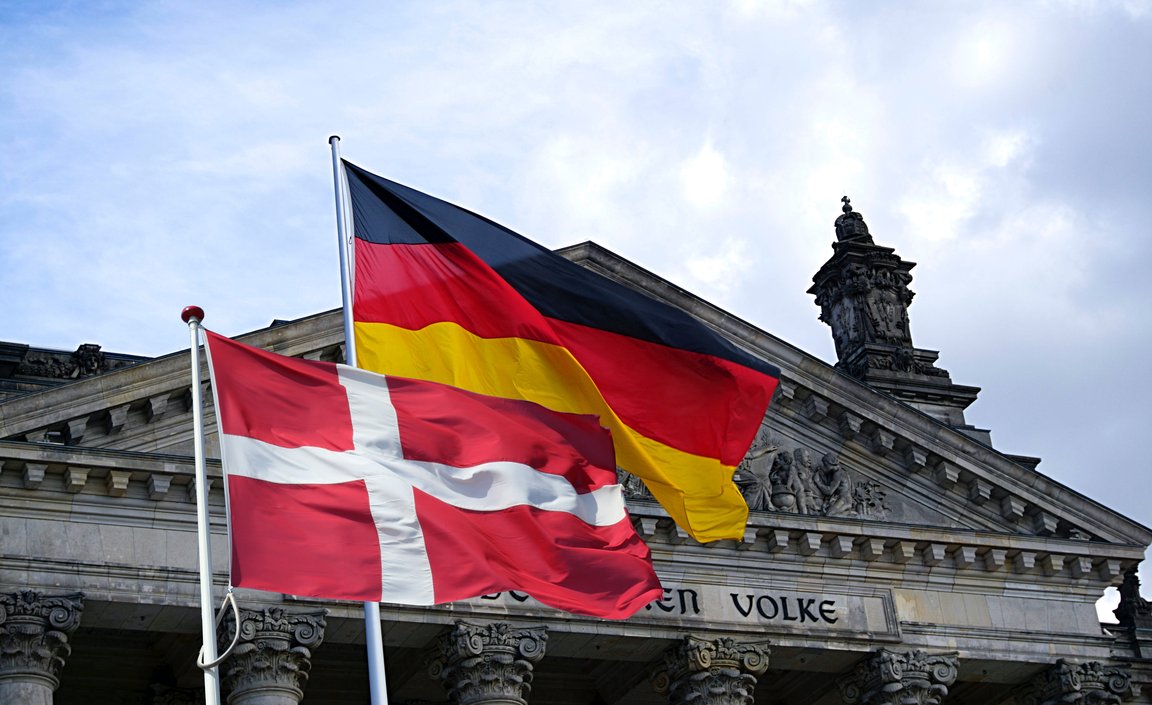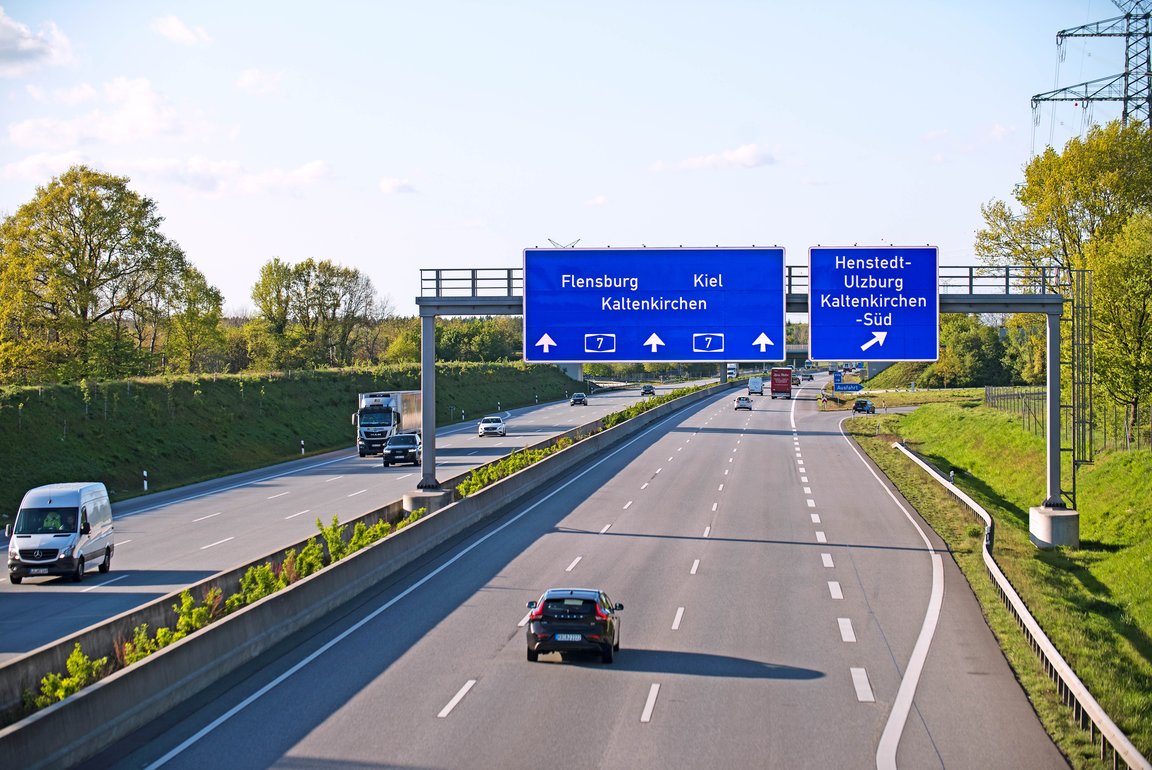7 facts about the A7 motorway
07.07.2021
Federal motorway A7 is the main artery of the NORDGATE town alliance. It connects all our communities and not only offers excellent commercial real estate but also has lots of stories to tell. Here are 7 interesting facts about the A7.
2. a connection to the far north

The route known as the "Northern Axis," between the Danish border and Hamburg, was constructed in the late 1960s and 1970s. Before this, the route was simply a network of multiple state roads. Decisive factors were an international treaty between Germany and Denmark that aimed to create a motorway connection between the two countries, as well as the upcoming 1972 Olympic Games in Kiel.
Here are two interesting videos about construction of the A7 in Schleswig-Holstein:


